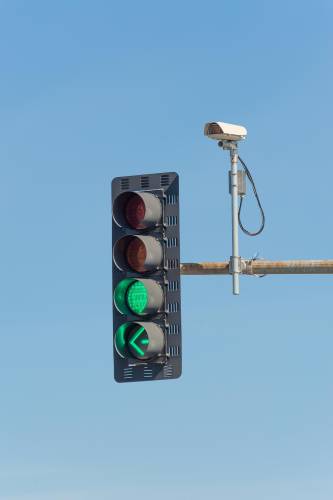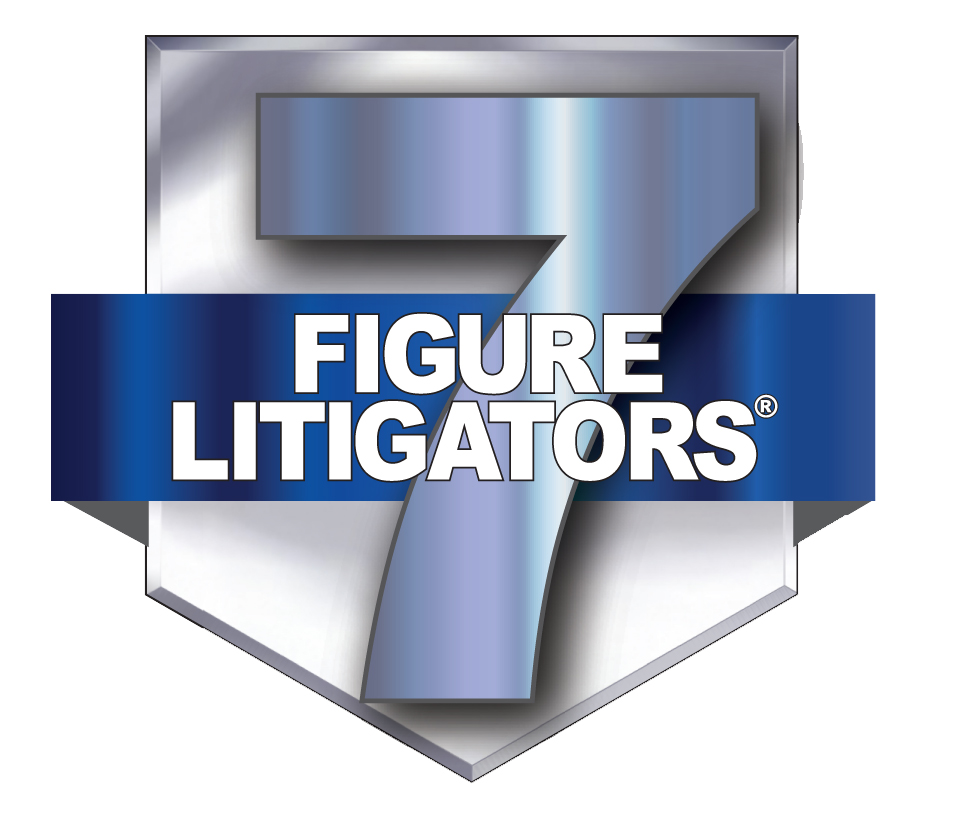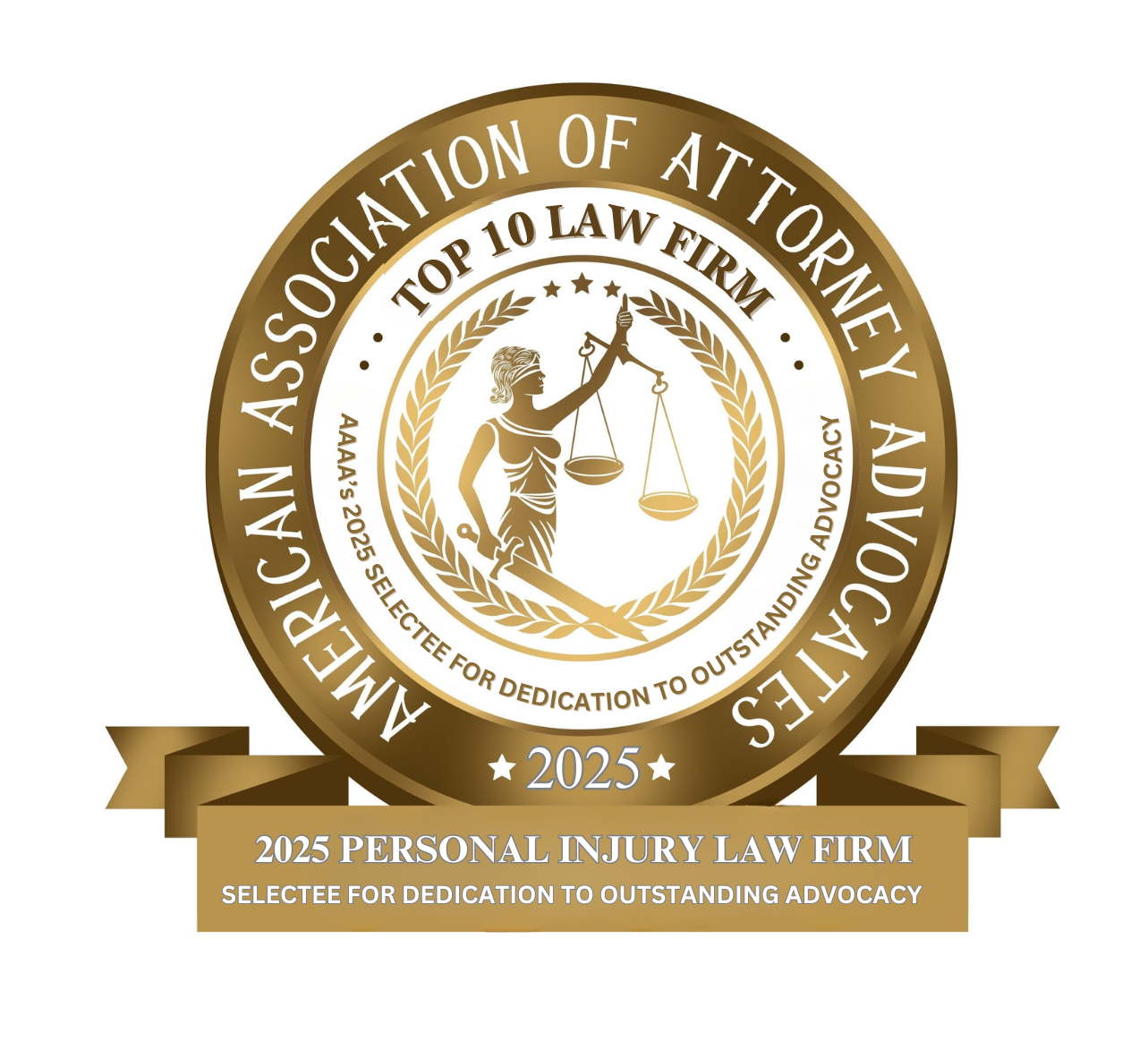- Free Consultation: (630) 527-4177 Tap Here to Call Us
How Long Do Traffic Cameras Keep Footage Of Car Accidents?

When you’re involved in a car accident, an available video recording from a city traffic camera, a red-light/speed camera, a police dashcam or body-worn camera, or a business’s security camera can be the single most important piece of evidence. The bad news: most systems overwrite recordings automatically and retention windows are often short. The good news: knowing the typical retention periods and taking immediate steps (preservation letter, FOIA, subpoena) dramatically improves the chance of getting the video you need. In this blog, we explain the usual retention rules in Illinois, give real-world examples, list concrete steps you should take to get and preserve traffic footage after an accident, and answer common questions.
“Video evidence disappears faster than people expect. In many collision cases, the difference between winning and losing is whether we got the recording before it was overwritten. That’s why we take actions as soon as possible: identify the cameras, send preservation requests, and, when needed, use subpoenas and FOIA to lock the video down.” — John J. Malm, Naperville car accident lawyer
Typical Retention Windows
- City/OEMC public safety cameras (Chicago example): commonly 30 days for OVS/public-safety video. However, some operational categories are kept as briefly as 3 days unless preserved.
- Red-light/speed camera systems: live 24-hour streams and routine footage are generally available for about 30 days, but violation evidence and administrative copies (the footage used to issue a citation) may remain accessible through vendor or municipal portals for months to two years depending on policy.
- Police in-car and body-worn cameras: Illinois guidelines require a minimum 90-dayretention for recordings, with longer retention for “flagged” incidents (use of force, fatality, complaint, or criminal/civil investigation). Departments have internal policies implementing that statutory floor.
- Private business/retail cameras: highly variable, many systems record on a loop and overwrite after 7–30 days unless the business archives clips. Larger businesses or banks may keep footage longer (30–90+ days).
These are general rules. The exact retention depends on the agency or private custodian, the camera’s purpose, how storage is configured (local vs cloud), and whether someone requests a preservation hold.
Why Video Retention Periods Differ so Much
Three reasons explain the big differences:
- Purpose of the camera. A red-light camera set up to enforce traffic signals will be managed differently than a public-safety camera monitored by OEMC or a business’s security camera. Enforcement systems often archive violation evidence separately.
- Law and policy. Illinois statutes, model guidelines and local policies set minimum retention for certain categories (for example, the 90-day baseline for officer-worn cameras). Municipal video-release policies add process and sometimes longer review windows.
- Technical and cost limits. High-resolution video consumes storage. Many systems use circular buffers that overwrite older footage after a set number of days to control cost.
How Quickly You Should Act to Preserve Traffic Footage After a Crash
- Act immediately. If you want video evidence, begin preservation efforts the same day or at least within the first week. The shortest retention windows (3–7 days for some operational feeds and private cameras) mean waiting is risky.
- If a police vehicle responded or recorded the incident: the 90-day baseline gives you a larger window, but you should still request preservation as soon as possible so the recording is “flagged” and not automatically deleted.
Steps to Preserve and Obtain Video Footage
- Collect precise details: date, exact time (or approximate), street intersection or address, direction of travel, lane, vehicle descriptions, and any witness names.
- Identify likely custodians: city OEMC/CDOT, municipal police department, IDOT (for state roads), private businesses near the crash (stores, gas stations, garages), transit agencies.
- Send a written preservation letter to every potential custodian immediately (city agency, police records unit, business owner, and camera vendor if known). A preservation letter asks the custodian not to delete or overwrite footage pending further legal steps.
- If the camera is public (city, police, transit), file a FOIA request for the recording. Illinois FOIA requires a response within 5 business days unless extended. Use FOIA to compel production or at least a written response about whether the footage exists.
- If you’re engaged in litigation or preparing a case, your attorney can issue a subpoena or file a motion for preservation/litigation hold to stop destruction.
- If a private owner refuses to preserve or produce, preserve evidence of the refusal (emails, recordings of calls) and consult counsel about injunctive relief or discovery tools.
Why You Need an Experienced Illinois Car Accident Lawyer to Secure Traffic Camera Footage
When traffic camera footage might make or break your case, having a skilled Illinois car accident attorney is essential. Video evidence is often the most compelling proof of fault, especially in disputes involving red-light violations, intersection collisions, pedestrian injuries, or hit and runs. However, obtaining this footage is rarely straightforward. It involves complex procedures, strict timeframes, and, in many cases, legal pressure.

Here’s why an experienced lawyer is crucial:
- Knowledge of Retention Policies: A seasoned attorney will know the typical retention periods for local and state agencies, and will act fast to preserve the footage before it is erased.
- Preservation and FOIA Requests: Lawyers can immediately issue preservation letters and file Freedom of Information Act (FOIA) requests to secure video evidence before the statutory or auto-delete period expires.
- Navigating Bureaucracy: Public agencies and private businesses often resist releasing footage. Your lawyer can escalate with subpoenas and motions if necessary.
- Maximizing Your Case Value: In court or during negotiations, video evidence can dramatically strengthen your credibility and increase your recovery. Securing video often leads to faster settlements and more favorable outcomes.
- Avoiding Spoliation of Evidence: If a city, business, or insurance company destroys footage after receiving proper notice, your lawyer can pursue sanctions or adverse inferences for spoliation.
An attorney who understands how to locate, obtain, preserve, and litigate the use of video evidence can significantly impact the success of your injury claim.
Frequently Asked Questions about Obtaining Accident Video Footage
Q: Can I get camera footage through FOIA?
A: Yes, if the camera and recording are controlled by a public body (city, county, police department, IDOT, transit agency).. If the footage is held by a private business, FOIA does not apply. You must request it directly or obtain it through litigation tools.
Q: How long do police body cam or dash cam videos last?
A: Illinois guidance and many department policies set a 90-day minimum retention for officer-worn and in-car recordings; recordings tied to complaints, arrests, fatalities, or investigations are flagged and retained longer. Ask the department to flag the recording immediately to prevent deletion.
Q: Are red-light camera videos available after 30 days?
A: The live 24-hour stream and routine raw footage are commonly kept about 30 days, but administrative violation evidence (the clip used to issue a citation) is often archived separately and may be accessible for months or up to two years in some municipal/vendor systems.
Q: What if a private business says it erased the recording?
A: Document the refusal, preserve any related evidence, and contact an attorney immediately. If litigation begins, discovery and subpoenas can often force production or sanction destruction if a preservation obligation existed.
Q: How do I request preservation from a police department?
A: Contact the department’s records division or evidence unit and send a written preservation letter citing the crash, date/time, and location. If possible, also file a FOIA request and ask that the recording be flagged/placed on hold.
Contact the Top-Rated Illinois Car Accident Attorneys at John J. Malm & Associates
When a car accident happens in Illinois, traffic camera footage may be one of the only objective sources of truth and it can disappear in as little as 3 to 30 days unless someone acts fast. Whether the crash was captured by a red-light camera, a police dashcam, or a nearby business’s CCTV system, securing that evidence is often the key to proving negligence and winning the compensation you deserve.
Don’t wait. If you or a loved one has been injured in a motor vehicle accident, our experienced team of Illinois car accident lawyers is ready to help. We know how to track down video evidence, preserve it under the law, and use it to build a strong case on your behalf.
Contact John J. Malm & Associates today for a free and confidential consultation. Let us fight for the justice and financial recovery you deserve, before valuable evidence disappears forever. Call us now to get started.















